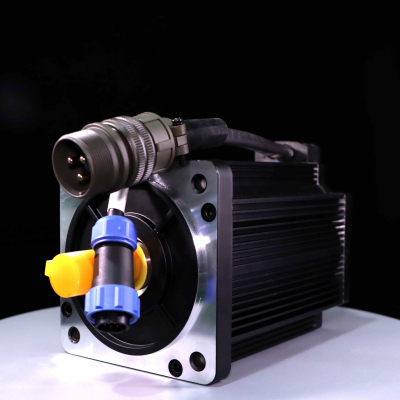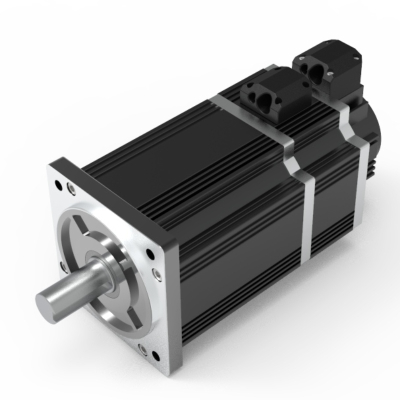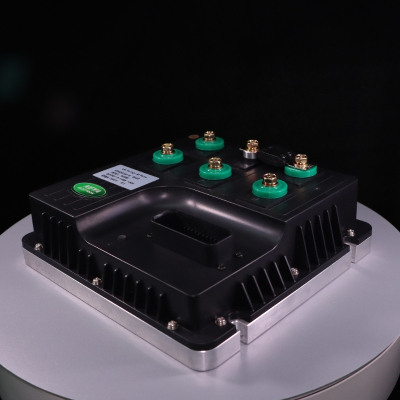What Is The Principle of Angle Sensor?
In modern agricultural mechanization operations, precise and efficient navigation technology has become the key to improving operation efficiency and reducing production costs. The agricultural machinery navigation system achieves automatic steering control and centimeter-level positioning through the collaborative work of controllers, tablets, auto steering motors, sensors and GNSS antennas.
What is an Angle sensor?
The Angle sensor of the agricultural machinery navigation system is a device used to monitor the Angle changes of agricultural tools during operation. Sensors can measure parameters such as the tilt Angle and turning Angle of farm tools in real time and transmit these data to the navigation system, thereby helping drivers control the operation of farm tools more accurately and improving the quality and efficiency of operations such as sowing and fertilizing.
The working principle of an Angle sensor
1. Physical effect measurement Angle
The Angle sensor that measures angles by physical effects mainly utilizes certain physical effects (such as gravity, inertia, etc.) to measure angles. For instance, a tilt sensor calculates the tilt Angle of an object by measuring the component of gravitational acceleration in different directions of the sensor. This sensor has a simple structure and a fast response speed. It has been widely used in attitude monitoring of agricultural machinery navigation systems at present.
2. Photoelectric conversion measures changes
The Angle sensor for measuring changes through photoelectric conversion mainly utilizes the photoelectric effect to measure Angle changes. When light passes through a rotating grating or encoding disk, a series of photoelectric signals are generated. By processing these signals, the rotation Angle can be precisely measured. This sensor features high precision and high resolution, and is suitable for scenarios with high requirements for angular accuracy.
3. Hall effect measures magnetic fields
The Hall effect Angle sensor for measuring magnetic fields utilizes the Hall effect to measure the changes in magnetic fields, thereby indirectly measuring angles. Hall elements generate potential differences in a magnetic field. By measuring this potential difference, the magnitude and direction of the magnetic field can be calculated. By combining Hall elements with rotating parts, the rotation Angle can be calculated by measuring the changes in the magnetic field. This type of sensor has strong anti-interference ability and good stability.
4. Capacitance change measurement Angle
The Angle sensor that measures Angle by capacitance change mainly utilizes the principle that capacitance changes with Angle to measure the Angle. The capacitive plates in the sensor change their relative positions as the rotating parts rotate, resulting in variations in the capacitance value. The rotation Angle can be calculated by measuring the change in capacitance value. This sensor has a simple structure and a relatively low cost.
5. The principle of inductance measures rotation
The inductance principle sensor for measuring the rotation Angle detects the rotation Angle of rotating parts by measuring the change in inductance value. The inductive coil in the sensor interacts with the metal sheet or magnet on the rotating part. When the rotating part rotates, the inductance value will change accordingly. By measuring and analyzing the inductance value, the rotation Angle and speed can be determined.
In the application of precision agriculture, Angle sensor closely cooperate with auto steering motor, plate, etc. By monitoring the Angle changes of agricultural tools in real time and adjusting the steering Angle, it ensures that agricultural machinery operates precisely along the predetermined route, thereby enhancing the operation speed and control stability.
We will attend the AGRITECHNICA in Hannover, Germany from Nov. 9 to Nov. 15, 2025 at booth No.: 17F22b, welcome visit our booth.





